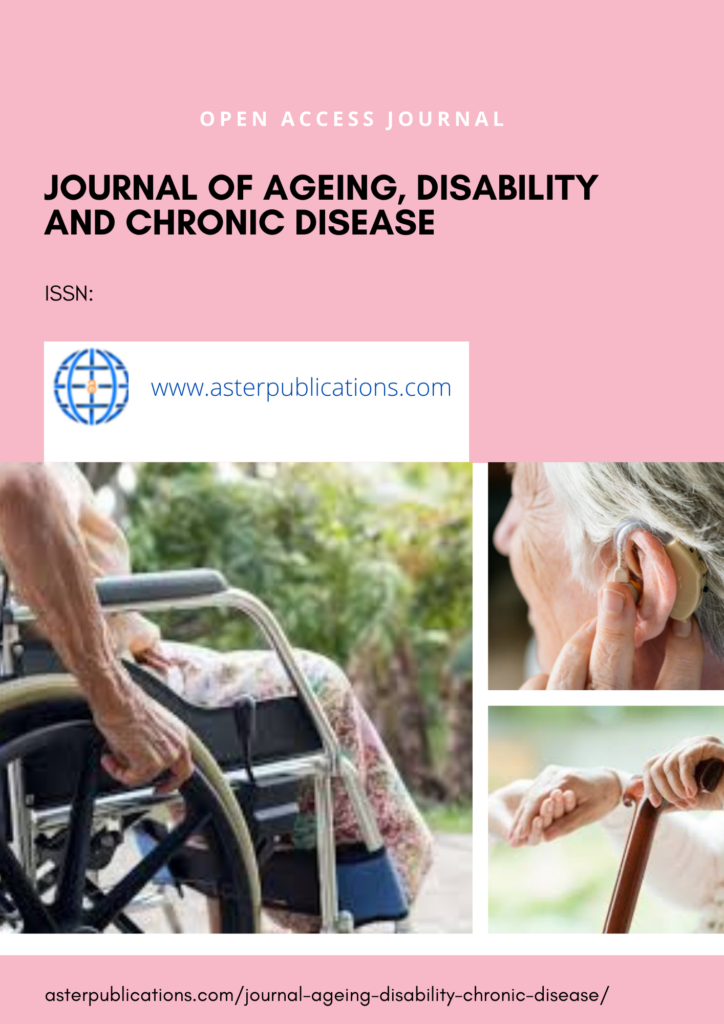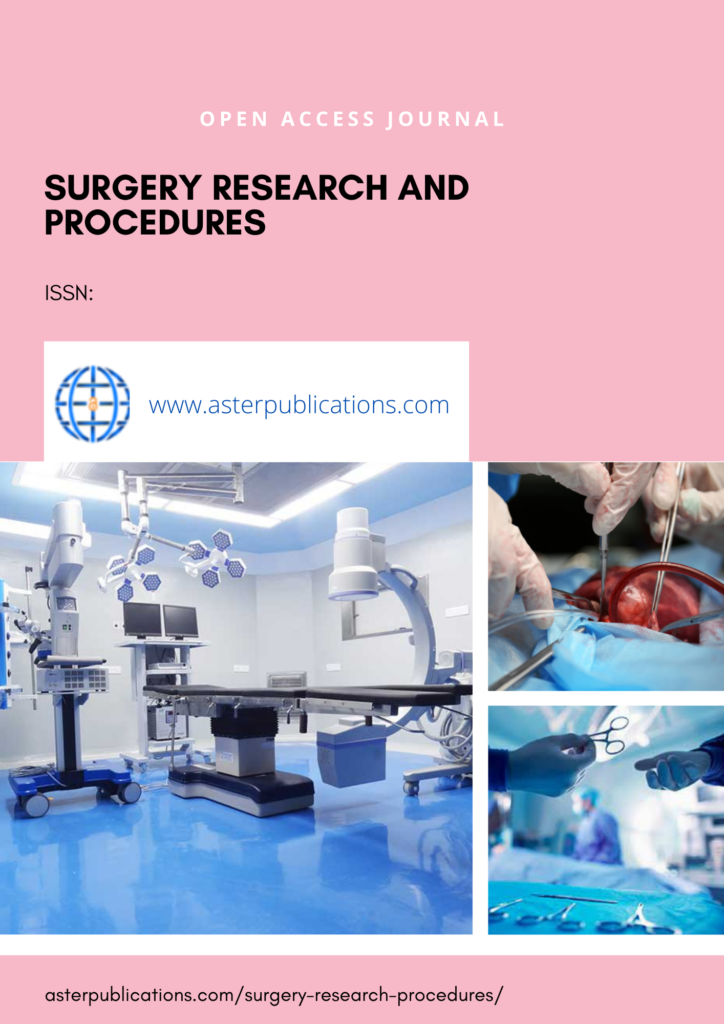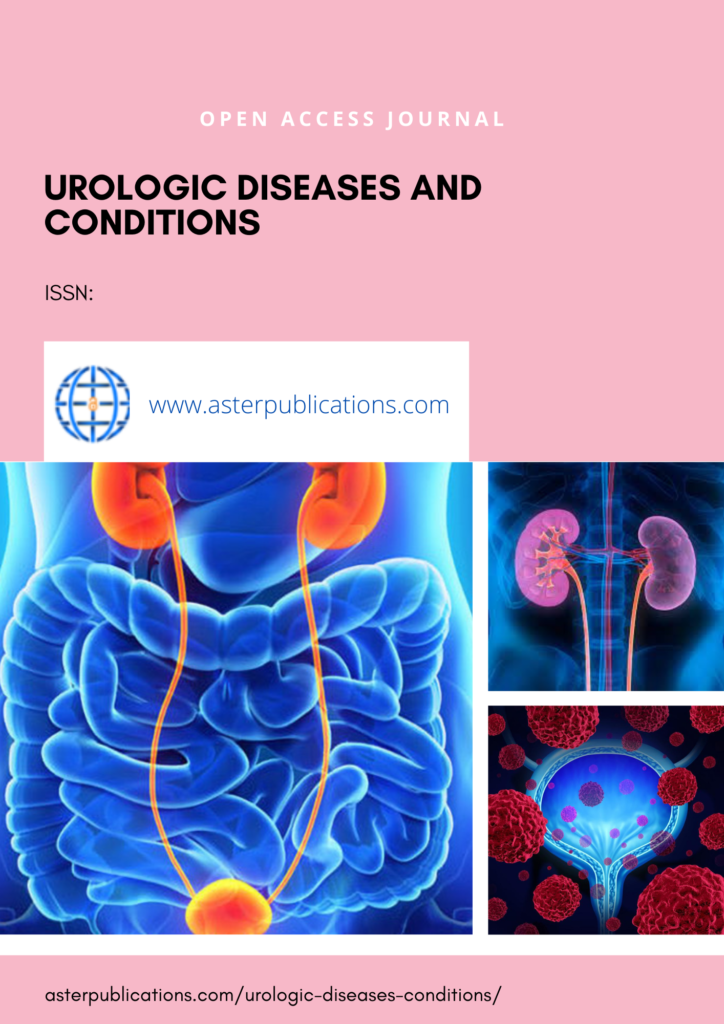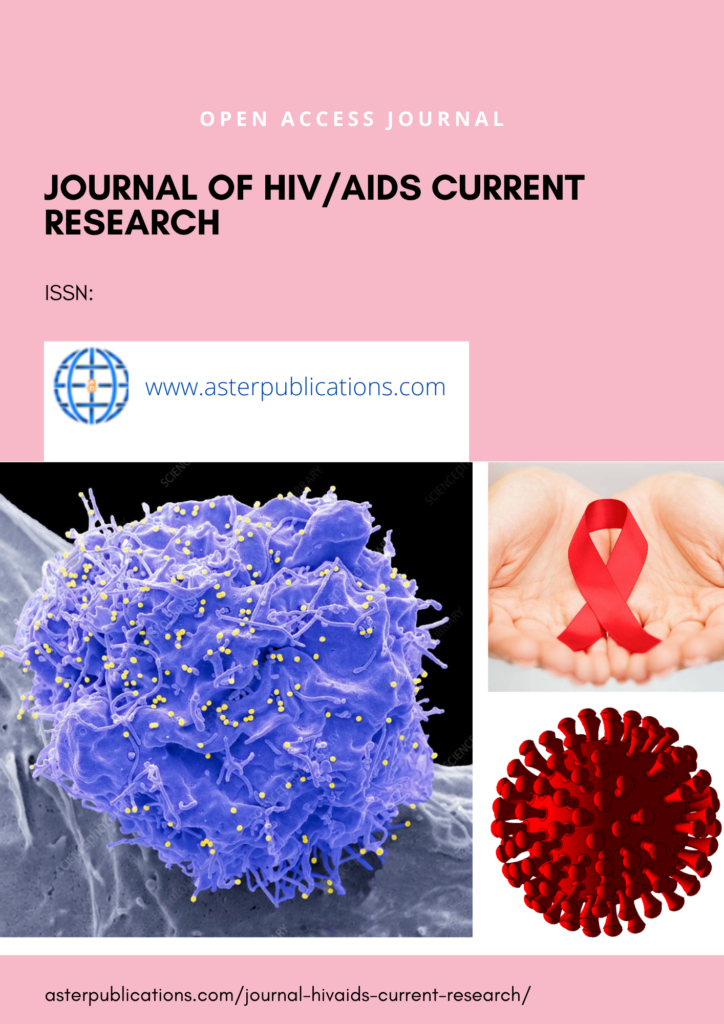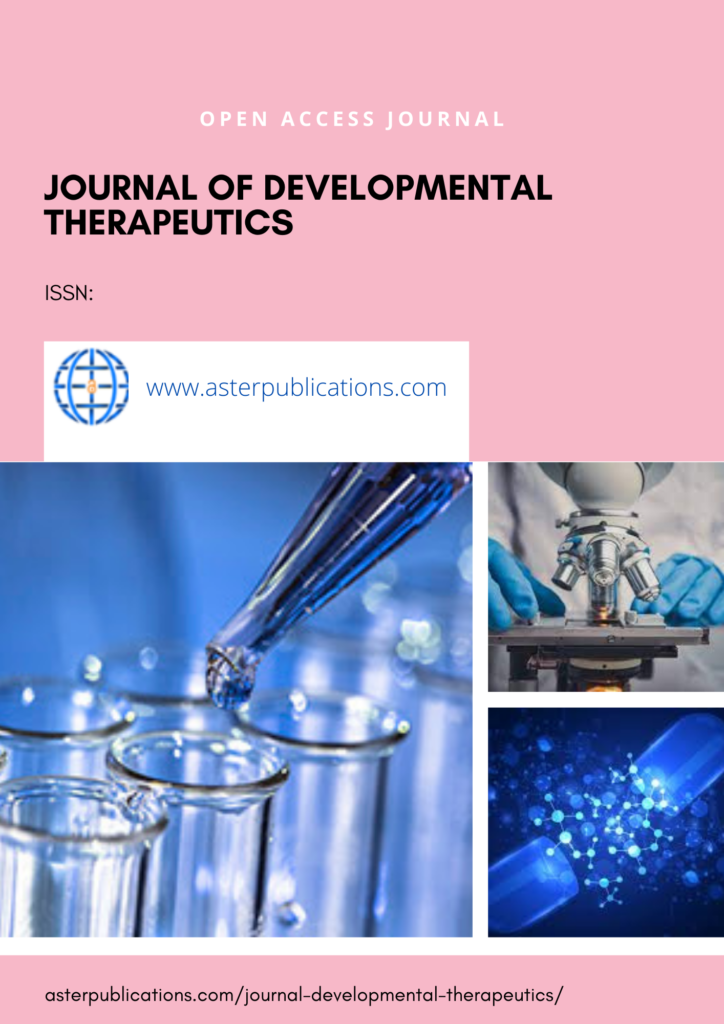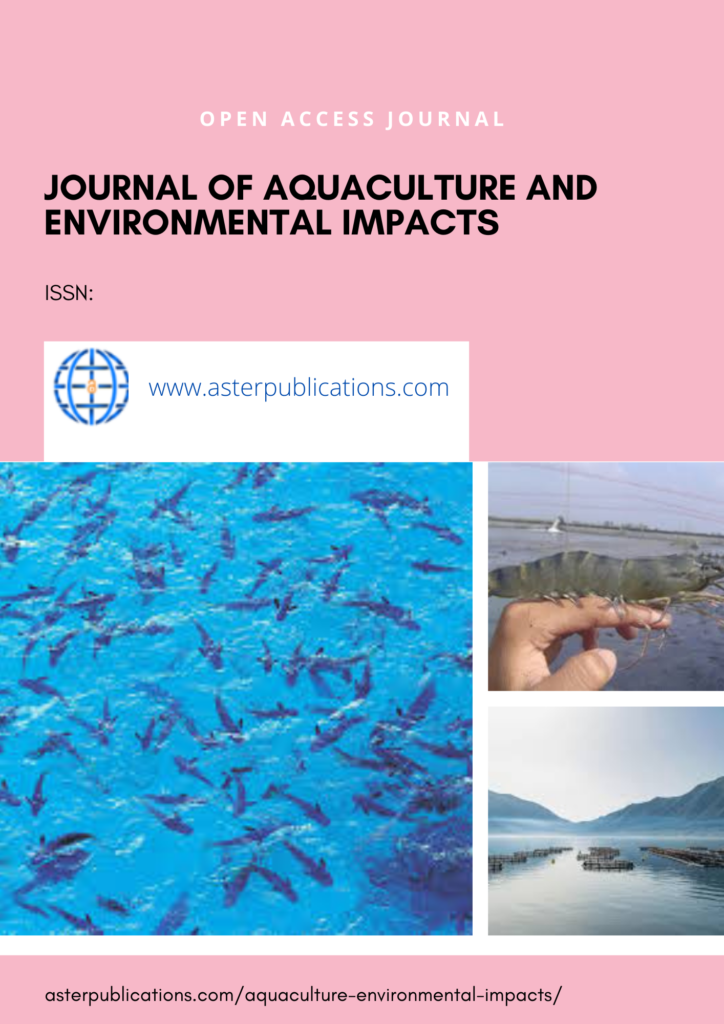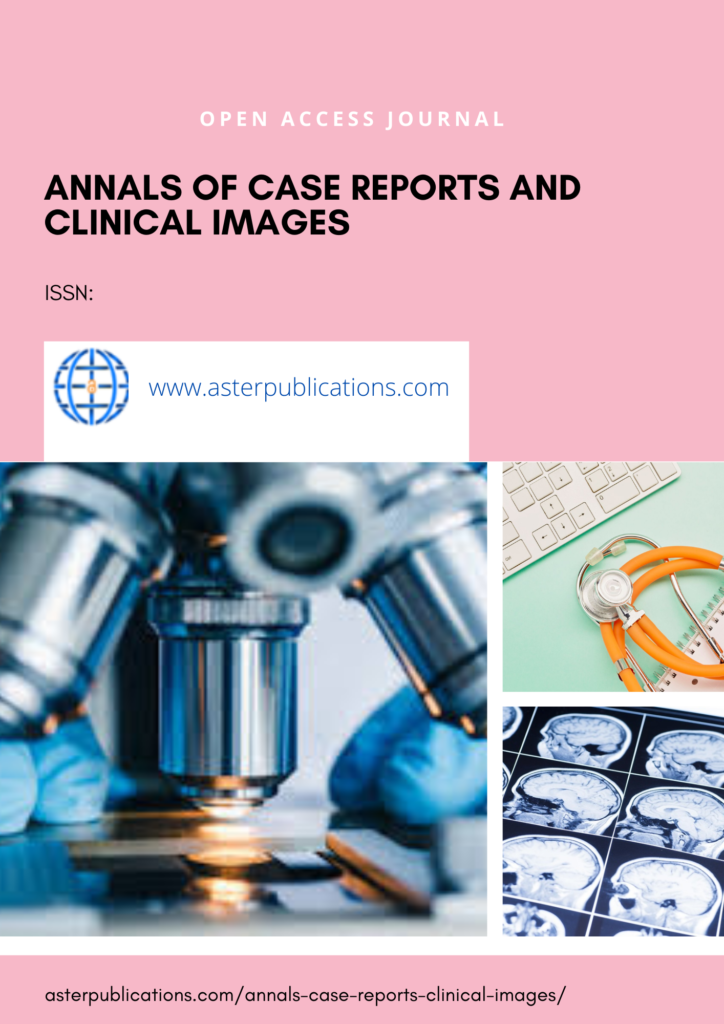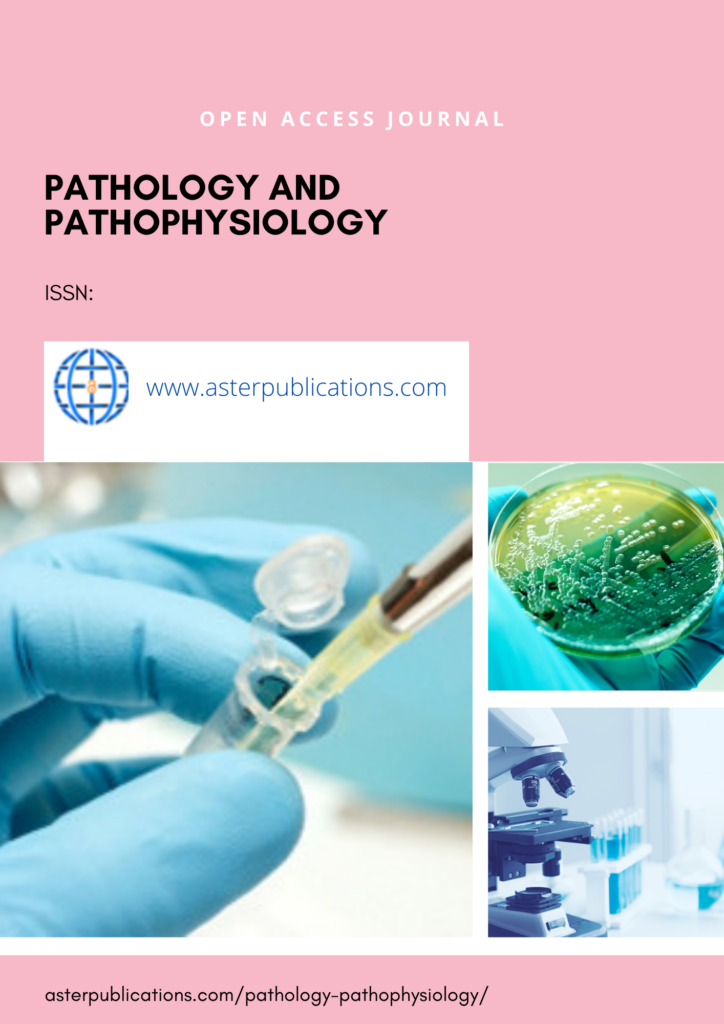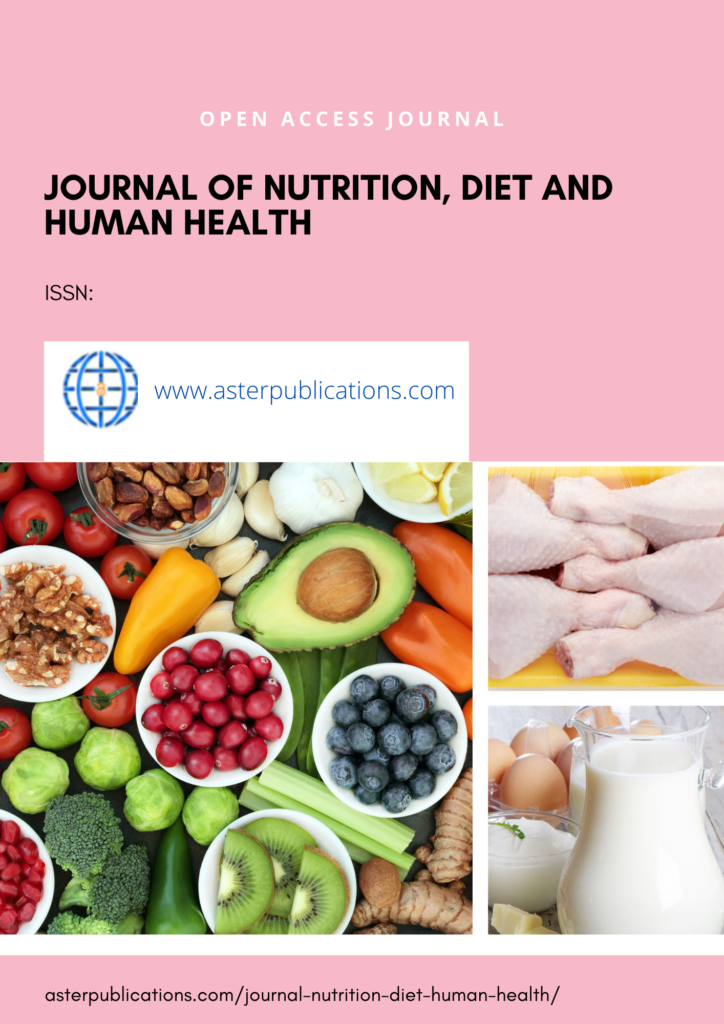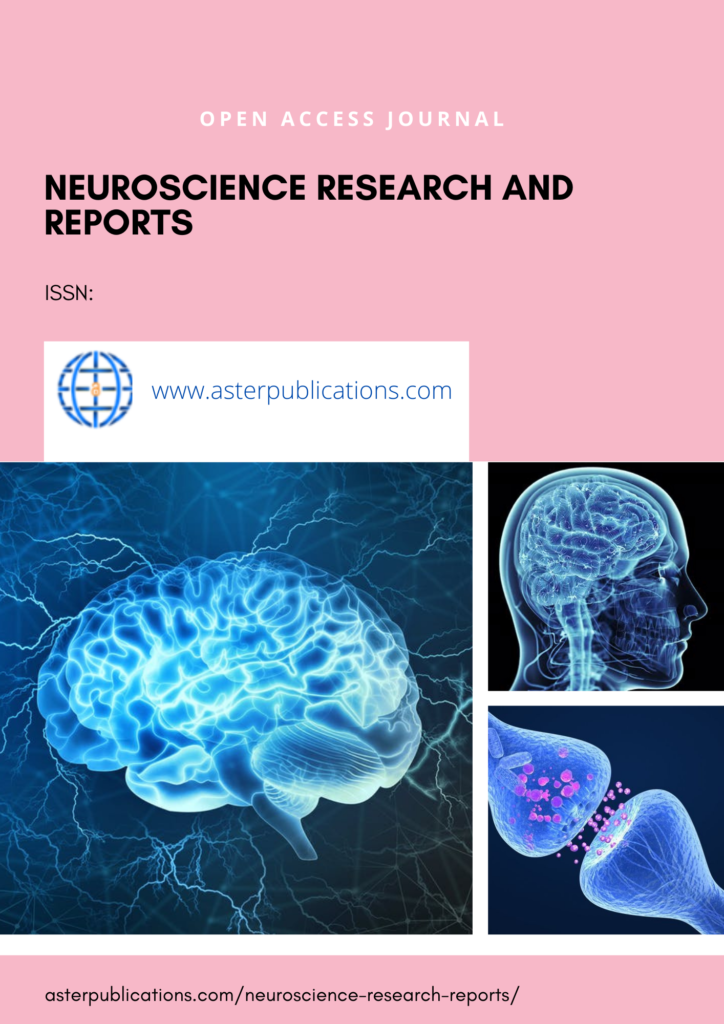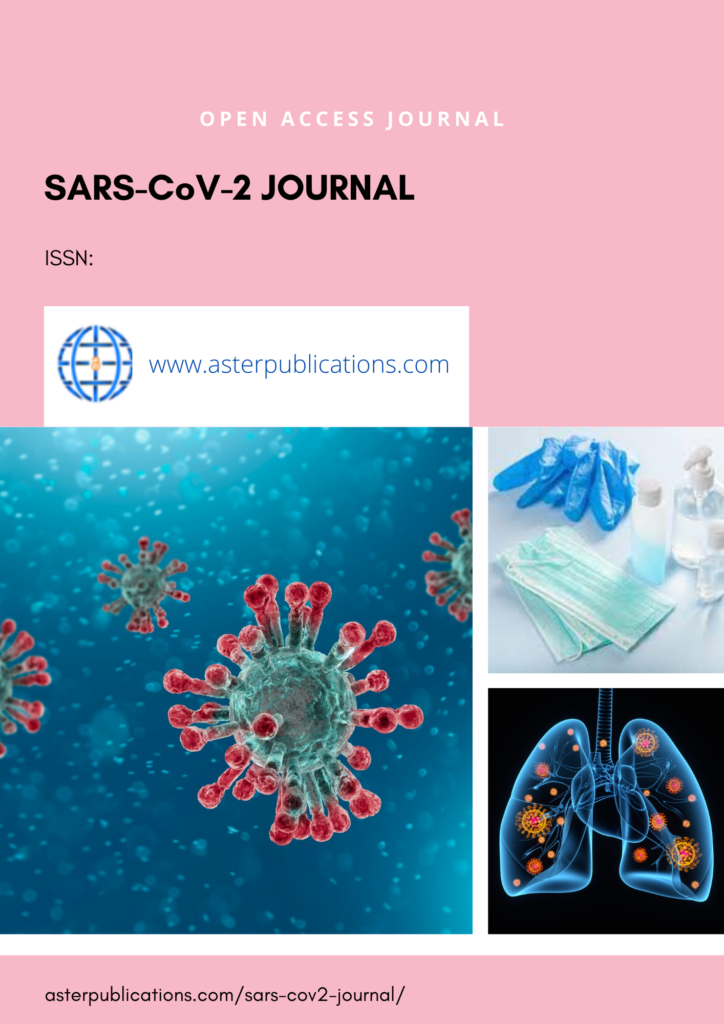Journal of Communication Disorders and Assistive Technology
ISSN: 2576-3997
All the manuscripts published by ‘Journal of Communication Disorders and Assistive Technology’ undergo rapid, quality, and quick review processing by eminent editorial and review teams maintaining high standards and ethics of publishing. The scholarly content published online will be freely available to every reader anywhere in the world to read, download, copy, reuse and distribute, provided that the original work is properly cited.
Article (s)
Volume 1, Issue 1 J Commun Disorder Assist Technol 2017, 1:1
Case Report: Improving Language and Reading Outcomes with A Systematic Technology Based Approach: Two Cases
Raupp SL and Markley B
Literacy Speaks! is a paper-based hierarchical approach to improving reading fluency and speech intelligibility. However, researchers have demonstrated that incorporating technology into activities improves outcomes for individuals with attention deficits or autism. The purpose of this study was to evaluate the effectiveness of a technology- based systematic approach to improving literacy and speech intelligibility for children with communication disorders. Two children (aged 10 and 13 years) with communication disorders attended twelve 30-minute intervention sessions delivered by a speech-language pathologist and two speech pathology students who all received training in the delivery of the Literacy Speaks! program. Observations, as well as changes in selected test performance, were used to measure intervention effectiveness. Although speech intelligibility decreased in both cases, both children improved various skills related to reading and language. Adapting Literacy Speaks! to a technology platform may be an effective language intervention for older children with communication disorders.
Short Communication: Low Tech AAC/High Impact Results
Backes LS and Cole LM
For the past 10 years, my colleague and I have supervised graduate student clinicians at a local community agency that serves adults with developmental disabilities. The mission statement for the Lowndes Advocacy Resource Center (LARC) is as follows: “providing people with disabilities opportunities for working and living in the community.” This agency provides opportunities for adults to participate in leisure activities of shopping, entertainment, and dining within the community as well as contract work for various businesses. It is accredited by Council for Accreditation of Rehabilitation Facilities (CARF) and has a memorandum of understanding with the university to serve as a clinical site for Communication Sciences and Disorders (CSD) majors.
Research: Provision of Audiologic Care in Nursing Homes: A Study of In-service Training with Facility Staff Members
Lamb HB, Jones AL
Objectives: To investigate knowledge of nursing home staff members regarding hearing loss topics in the elderly.
Method: An educational training presentation was designed to determine if a single in-service training yielded significant improvement in audiological competency among nursing home staff members as related to self-perceived confidence working with residents with hearing impairment. An online survey was administered prior to and following the training.
Results: Post-training survey responses indicated significant improvement in personal confidence regarding hearing loss and training with hearing aids.
Discussion: Education regarding hearing loss topics in the elderly should be a part of training for nursing home and assisted living facility staff to improve communication between the residents with hearing impairment and staff.
Research: Listener Response to Dialect in Music: A Comparison of Speakers of African American Dialect and Nondialect Speakers
Parker CR, Reeves-Pelt R
African American Vernacular English (AAVE) is considered a variation of Standard American English (SAE). Speakers of AAVE and SAE view the contrasting language differently. Both types of expressive language are found in music. The opinions regarding each are relevant to the perception of preference of one to the other. The purpose of this study was to investigate how listeners from different linguistic backgrounds respond to music with lyrics that have AAVE compared to the same song sung without dialectal features. The results revealed that overall the male AAVE speakers and female SAE speakers rated the AAVE version favorably. The female AAVE speakers and male SAE speakers least preferred the AAVE version. The male and female SAE speakers rated the SAE version favorably. These results were consistent with the researcher’s hypothesis that the SAE speakers would prefer the SAE version when compared to the AAVE speakers. However, the female AAVE speakers’ preference for the SAE version was not consistent with the researchers’ hypothesis. These results might be attributed to participants’ linguistic community.
Research- A Comparison of Digitized and Synthetic Speech Outputs to Teach Requesting With Autism Spectrum Disorder
Ramdoss S, Raulston T, and Haira A.
Few studies have compared different augmentative and alternative communication (AAC) intervention components (e.g., symbol sets, instructional strategies) involving individuals with autism and other developmental disabilities. This study compared the relative efficacy of digitized and synthetic speech outputs using voice output communication aids (VOCA) with two children, ranging from 3-5 years old with autism spectrum disorder (ASD) and limited functional communication. This study utilized an adapted alternating treatments design, aimed at teaching basic level requesting skills in two different settings. Visual analysis of the results indicated a divergence in the rate of skill acquisition for speech outputs, and the overall outcome emphasized the need for individualizing AAC intervention packages by taking AAC component options such as speech outputs into consideration. Implications for both special educators and speech language pathologists working with children with ASD, limitations, and directions for future research are provided.
PDF HTML
Open Access Journals

